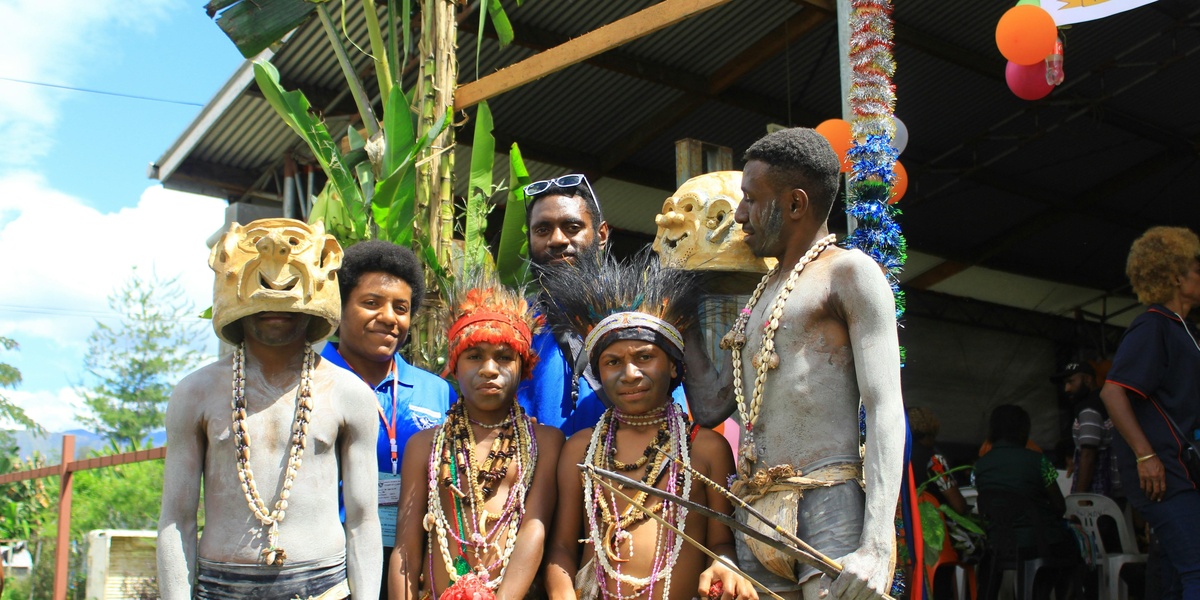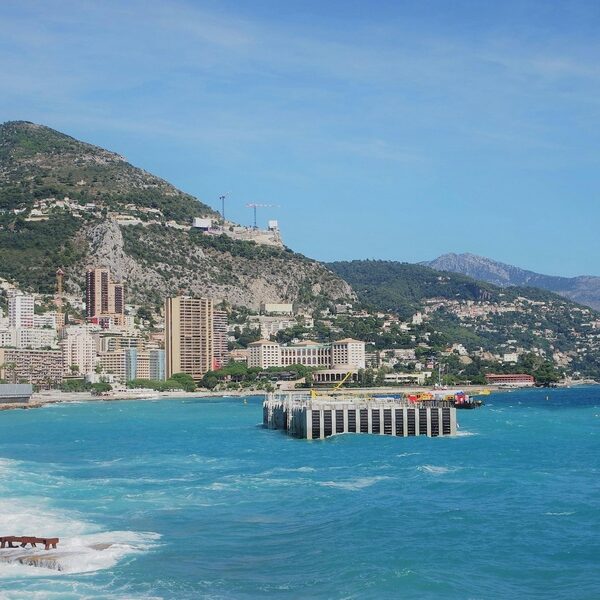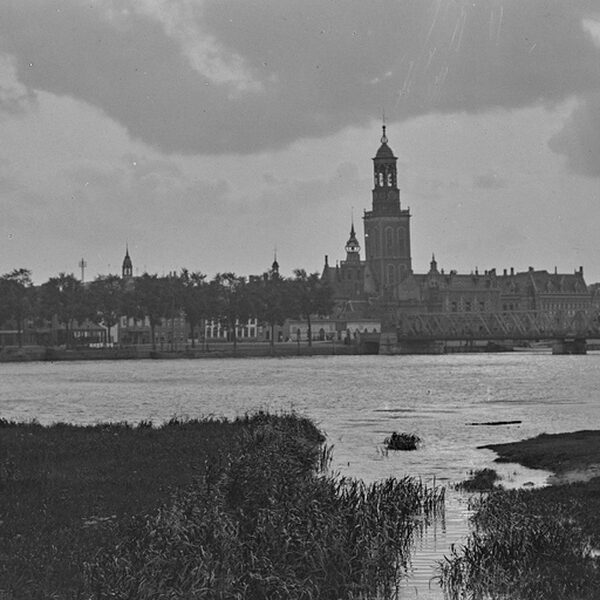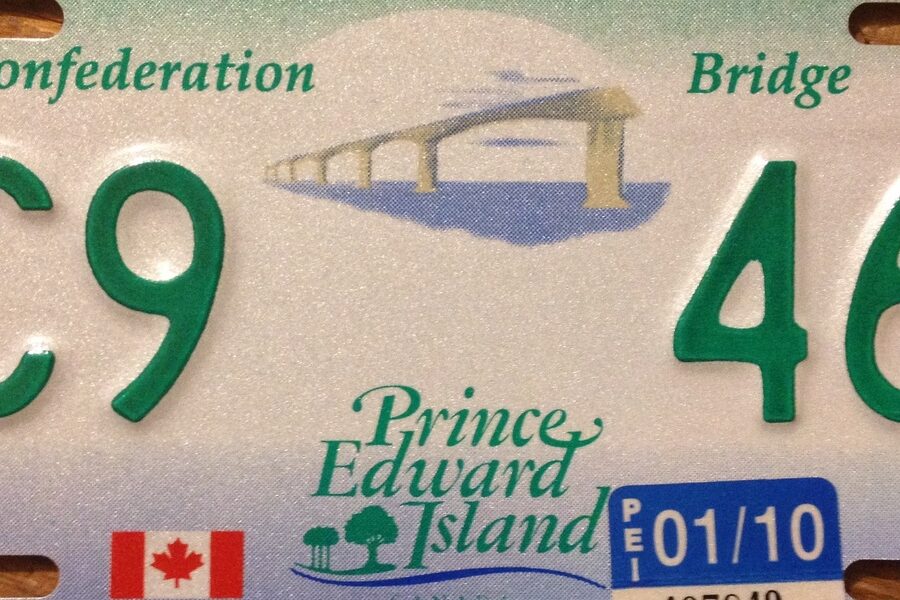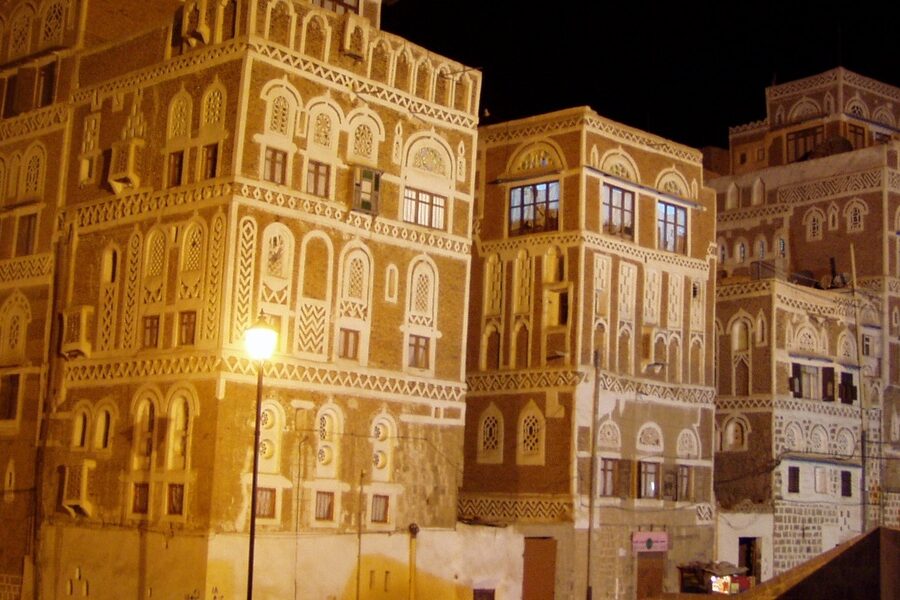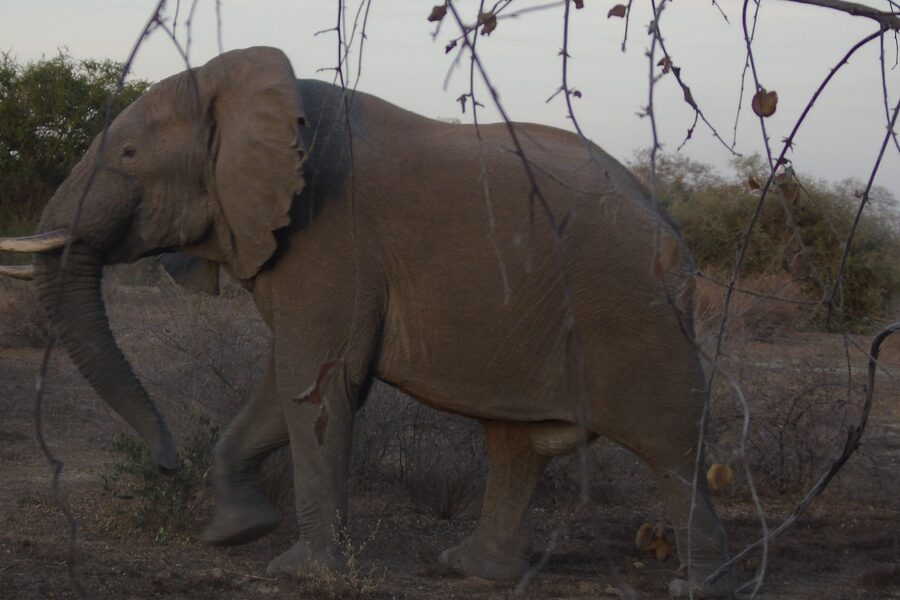The Central African Republic sits at a crossroads of central Africa where rivers, savannas and rainforests meet, and that landscape supports a wide mix of peoples and cultures. Historical migration, trade routes and local livelihoods have shaped communities whose identities are tied to language, region and way of life.
There are 20 Central African Republic Ethnic Groups, ranging from Aka (Pygmy) to Zande (Azande). For each group you’ll find below the data organized with the columns Population %,Primary region(s),Language(s), so you can quickly compare size, location and tongue across the list you’ll find below.
How was this list of ethnic groups created and why might names vary?
Lists like this combine census categories, ethnographic research and locally used names; some groups are recorded differently by different sources, and smaller communities may be grouped under broader labels. Use the list as a starting point and check source notes if you need precise, locally preferred names.
Are the population percentages exact and how should I interpret them?
Population % figures are estimates based on censuses and academic studies, which can be dated or incomplete; treat them as approximations that show relative size rather than exact headcounts, and consult recent field studies for the most current local numbers.
Central African Republic Ethnic Groups
| Group | Population % | Primary region(s) | Language(s) |
|---|---|---|---|
| Gbaya (Baya) | 27.00% | Lobaye; Ombella-M’Poko; Nana-Mambéré; Ouaka | Gbaya languages; many speak Sango and French |
| Banda | 13.00% | Ouaka; Ouham; Kémo; Bamingui-Bangoran | Banda languages; Sango and French common |
| Mandjia (Mandja) | 9.00% | Ouham; Nana-Grébizi; Kémo | Mandja language; Sango; French |
| Zande (Azande) | 8.00% | Haut-Mbomou; Mbomou; Lobaye; Sangha-Mbaéré | Zande (Avukaya) languages; Sango; French |
| Sara | 6.00% | Bamingui-Bangoran; Vakaga; Haute-Kotto | Sara languages; Sango; French |
| Mboum (Mbum) | 4.00% | Nana-Grébizi; Ouham; Bamingui-Bangoran | Mboum languages; Sango; French |
| Ngbaka (Ngbaka) | 3.50% | Sangha-Mbaéré; Mambéré-Kadéï; Nana-Mambéré | Ngbaka languages; Sango; French |
| Mbaka (Mbaka) | 3.00% | Sangha-Mbaéré; Lobaye; Mambéré-Kadéï | Mbaka (Mbaka) language; Sango; French |
| Yakoma | 2.50% | Sangha-Mbaéré; Mambéré-Kadéï; near Bangui | Yakoma language; Sango; French |
| Baka (Bayaka) | 2.00% | Sangha-Mbaéré; Lobaye; Dzanga-Sangha | Baka languages; Sango; French |
| Aka (Pygmy) | 1.50% | Sangha-Mbaéré; Lobaye; bordering DRC | Aka languages; Sango; French |
| Fulani (Fulbe/Peul) | 3.50% | Vakaga; Bamingui-Bangoran; Ouham | Fulfulde; Sango; French |
| Gula (Goula) | 2.00% | Vakaga; Haute-Kotto; Bamingui-Bangoran | Gula languages; Sango; French |
| Ngbandi | 1.50% | Ouham-Pendé; Sangha-Mbaéré; borders with DRC | Ngbandi languages; Sango; French |
| Kaba (Kaba/Mbaye) | 1.00% | Ouaka; Haute-Kotto; central prefectures | Kaba languages; Sango; French |
| Kara | 1.00% | Vakaga; Bamingui-Bangoran | Kara languages; Sango; French |
| Runga | 1.00% | Vakaga; Bamingui-Bangoran; northeast | Runga language; Arabic; Sango; French |
| Arab (Chadian/nomadic Arabs) | 1.00% | Vakaga; Bamingui-Bangoran; transhumant across north | Arabic dialects; Sango; French |
| Sango (people) | 1.00% | Bangui; Ombella-M’Poko; Kémo | Sango (lingua franca); French |
| Mbororo (Fulani subgroup) | 1.00% | Vakaga; Bamingui-Bangoran; northern pastures | Fulfulde dialects; Sango; French |
Images and Descriptions
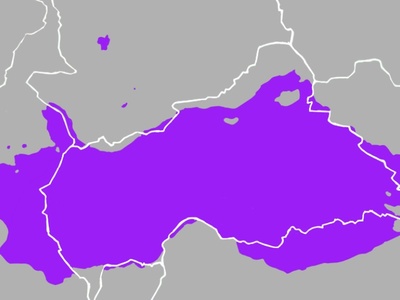
Gbaya (Baya)
Largest ethnic cluster in CAR, historic farmers and artisans from central forests and plains. Known for yams, traditional music, and dense village networks; influential in politics and culture around Bangui and central prefectures.
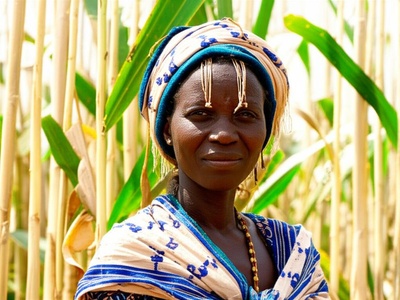
Banda
Agricultural people in central and northern CAR, famed for kola and millet farming. Rich oral traditions and masked dances; Banda have long shaped regional trade routes and local chieftaincies.
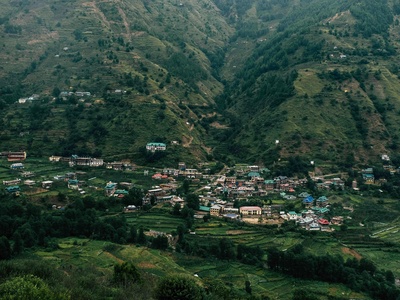
Mandjia (Mandja)
Centered in central CAR, Mandjia communities are subsistence farmers with strong kinship networks. They maintain distinct funeral rites and seasonal festivals tied to harvest cycles.
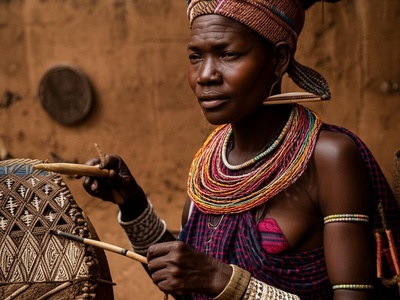
Zande (Azande)
Prominent in the south and southeast, Zande are known for intensive farming, intricate storytelling and historical chiefdoms. Their social systems and craftsmanship have cross-border links into DRC and South Sudan.
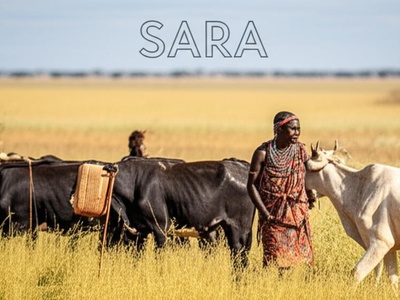
Sara
Originally from the northern savannas, Sara communities in CAR practice mixed farming and cattle-keeping. They share cultural ties with Sara groups in Chad and are noted for music and communal ceremonies.
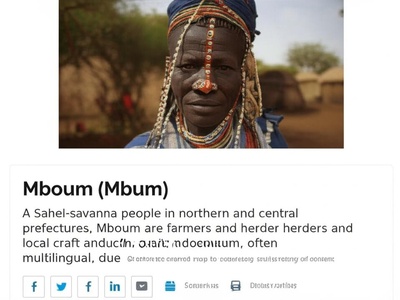
Mboum (Mbum)
A Sahel–savanna people in northern and central prefectures, Mboum are farmers and herders with age-set traditions and local craft production; often multilingual due to trade.
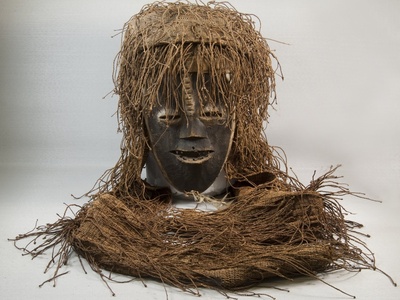
Ngbaka (Ngbaka)
Forest-dwelling and riverine communities in the southwest, Ngbaka people combine fishing, hunting and agriculture. Known for distinctive masks and forest-related spiritual practices.
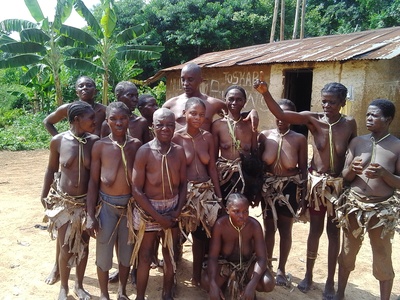
Mbaka (Mbaka)
Mbaka groups inhabit southwest rainforests; many are farmers and forest gatherers. They maintain rich oral histories and engage in trade with riverine neighbors.
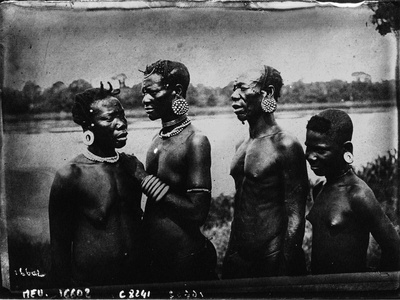
Yakoma
Located along major rivers in the southwest, Yakoma communities became significant during colonial river trade. They are fishermen, farmers, and culturally known for canoe and boat traditions.
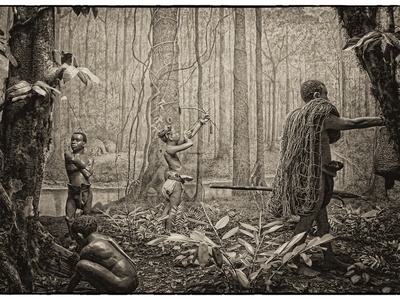
Baka (Bayaka)
One of the prominent “Pygmy” forest peoples of southwestern CAR, Baka are expert hunters, foragers and musicians. Their deep knowledge of the rainforest shapes local ecology and craft traditions.
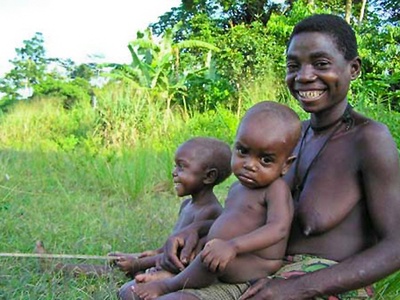
Aka (Pygmy)
Aka hunter-gatherers live in western rainforests, renowned for vocal musical styles and deep forest knowledge. Socially linked to neighboring farming groups through trade and exchange.
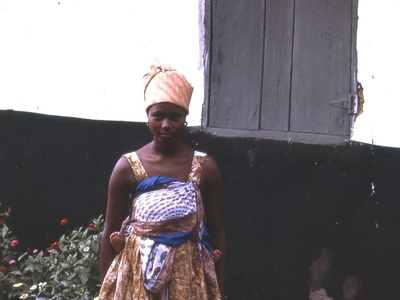
Fulani (Fulbe/Peul)
Nomadic and semi-nomadic pastoralists across northern CAR, Fulani herd cattle and practice seasonal migration. They are central to regional livestock trade and often bilingual in local tongues.

Gula (Goula)
In northeastern savanna and gallery forests, the Gula are agriculturalists and cattle-keepers with strong clan structures, known for weaving and craft production.
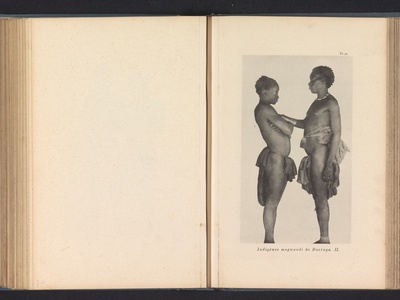
Ngbandi
Ngbandi peoples occupy northwestern riverine zones, historically linked to canoe trade and regional chiefs. They are farmers and fishers with notable woodcarving traditions.
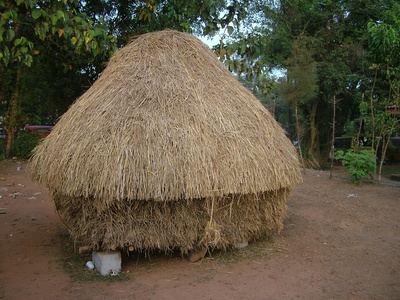
Kaba (Kaba/Mbaye)
Small agricultural groups in central regions, Kaba communities practice mixed farming and maintain localized ritual cycles and clan-based governance.
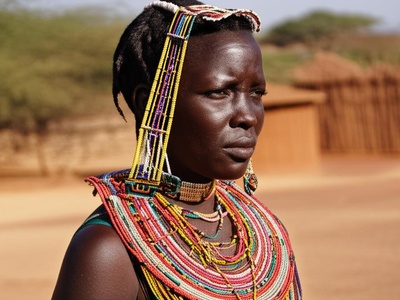
Kara
Northeastern groups adapted to semi-arid environments, Kara people are agro-pastoralists with seasonal migration patterns and distinctive textile and carving crafts.

Runga
Runga in the northeast are traders and farmers with historical caravan links. Many are bilingual in Arabic due to Saharan trade contacts and practice Islam and traditional beliefs.
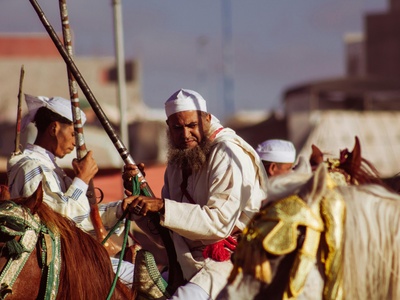
Arab (Chadian/nomadic Arabs)
Nomadic Arab communities in northern CAR engage in long-distance trade and cattle herding. They are ethnically distinct, often Arab-speaking, and integrated through pastoral networks.
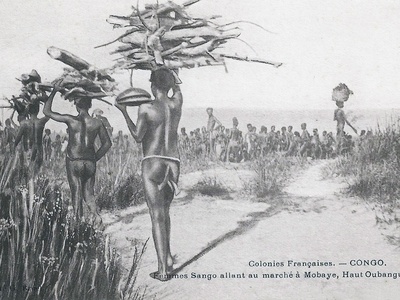
Sango (people)
While Sango is primarily a lingua franca, some identify as a Sango-speaking ethnic community centered in Bangui. They bridge diverse groups and play key roles in urban culture and commerce.
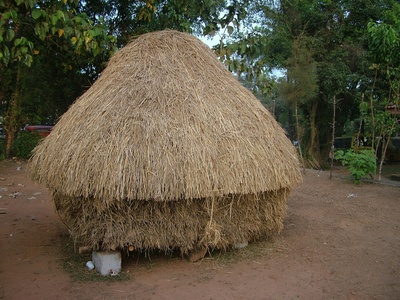
Mbororo (Fulani subgroup)
A Fulani subgroup of transhumant cattle-herders, Mbororo maintain distinct dress and social customs. They are important in regional livestock economies and cross-border mobility.

